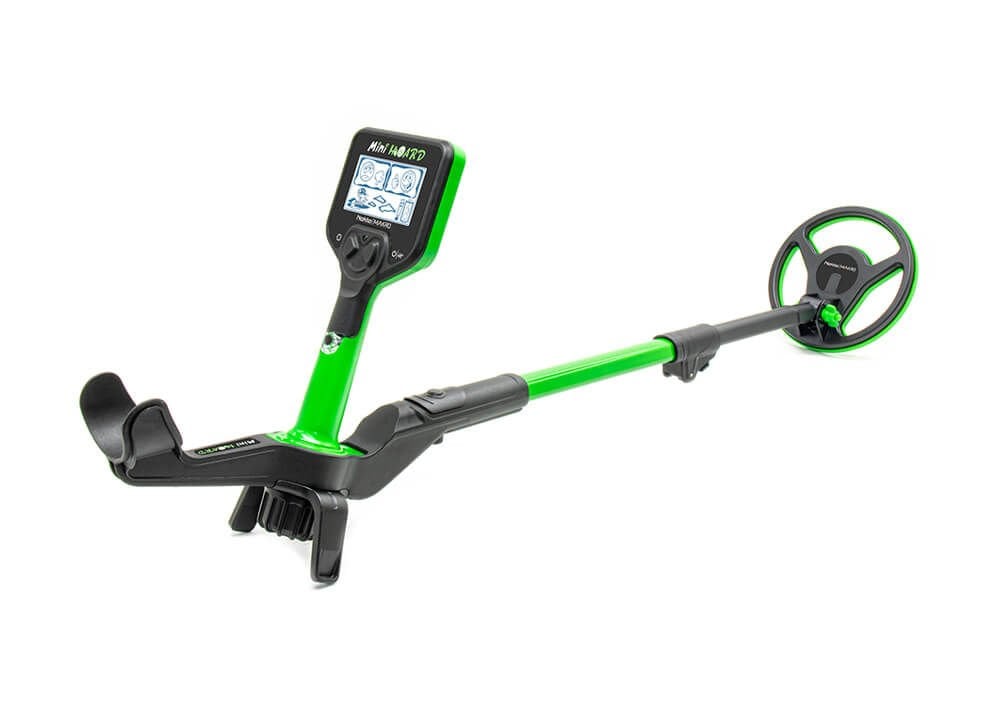Dedektörlerin Çalışma Sistemi

Define bulmak için tasarlanmış olandedektörlerin çalışma sistemi, genel olarak yeraltına frekans gönderilerek sinyaller aracılığıyla yeraltında maden olduğunu göstermektedir. Gelişen teknolojiyle birlikte dedektör tasarımında da yeniliklere gidilerek, LCD ekran kullanımı, maden ve element ayrımlarını olan farklı modeller de çıkmış aynı zamanda kara ve suda define arama teknolojiis ilerlemeye başlamıştır.
Metal Dedektör Çalışma Prensibi
Metal dedektörü bulan mücit, telefonu bulan Graham Bell’dir. 1881 yıllarında yaptığı sinyal çalışmalarının sonucunda dedektörün de bulunmasını sağlamış ve defineciler için yer altının gizemli kapılarını açmıştır.Dedektör çalışma sistemi, içerisinde bulunan bakır bobinler aracılığıyla elektro manyetik bir dalga yaymaktadır. Bu dalgalar yerin altındaki metallere çarptıkça bozulmaya başlar ve bu bozulmayla sinyal farklılıkları ortaya çıkar.
Demir, metal, altın ve bakır gibi maddenilerin yeraltındaki konumunun berlirlenmesi için kolay bir uyarıcı olarak kullanılabilmektedir. Sinyallerin yerin altındaki madenlere çarpması sonucunda oluşan değişik sinyaller kullanıcının uyarılmasını ve yerin altında maden olduğu uyarısını vermektedir. Pnömatik tahrikli plakların çalışmasıyla birlikte bu sistem sesli ve titreşimli uyarılara dönüşecektir.
Metal Algılayıcı Dedektör Tarama Ünitesi
Dedektör kullanım aşamasında belirli hareketlerin tekrarlanması ve dedektörün yere paralel bir şekilde tutulması gerekmektedir.Dedektör çalışma sistemi; Toprak altı aramalarda kaliteli bir dedektör, madenlerin farklılıklarını algılayarak sinyalleri de yoğunluk ölçüsüne göre vermektedir. Basit bir mekanizmaya sahip olan dedektör, tamamen radyo frekansları aracılığıyla elektro manyetik dalgalar yaymaktadır, bu arama sonrası tarama ünitesine yansıyacak olan sinyaller, arayıcının hangi bölgede neye rastladığı hakkında fikir sahibi olmasını sağlayacaktır. Aynı zamanda sinyallerin hassasiyeti de madenin altın ya da gümüş olduğu yönünde farkların da ortaya koyulmasını sağlayabilir. Fakat bunun için ileri tenolojide bir dedektör markası alınması gerekecektir.
Sinyal Özellikli Dedektör Sistemleri
Sinyal genliğine duyarlı dedektör çalışma sistemleri, genel olarak başlığı ince olan cihazlardır. Bu bobinlerin bulunduğu alan elektro manyetik dalgalar göndererek, alıcının bir madene rastlaması sonucu sinyal genliğinin büyümesi söz konusudur. Bu büyüme giderek sinyal sesi olarak duyulmakta ve aracının madenin bulunduğu konumu keşif etmesine yardımcı olmaktadır.
Sinyal genine ve fazına duyarlı dedektörler genel olarak aynı çalışma prensibine sahiptir. Değişen sinyaller, zamanla ses sinyali olarak sesli bir şekilde hoparlörden duyulmakta ve kullanıcının bu şekilde uyarılmasını sağlamaktadır. Elektro manyetik ve radyo frekanslarıyla birlikte çalışmakta olan bu sistemler, genel olarak metal dedektörü olarak defineciler tarafından tercih edilmektedir.
Darbe Endüksiyon Sistemli Dedektör
Arama başığında bobin bulunan bu dedektör çalışma sistemleri, etrafında bulduğu metalleri ses sinyaliyle anında belirtmektedir. Darbe endüksiyonlu dedektör, bobin kısmına vurulan sinyalin darbe özelliğine göre uyarı yapmaktadır. Bu arama modeli için genel olarak yüksek akımlı bir darbe gerekmekte ve bobin alıcı olarak devreye girmektedir. Metalin etkisi direkt olarak sinyallerle kullanıcıya belirtilerek, başlığın darbe alması sonucu sinyal hoparlörden yayılmaktadır.
Genel olarak faraday akımları olarak bilinmekte olan akım dedektörleri, bobine tesir edilen sinyal teması üzerinden kullanılmaktadır. Bu sistem satesinde darbe veya sinyal değişiklikleri oluşturularak kullanıcın yeraltındaki kaynak hakkında fikir sahibi olması sağlanacaktır.
Hangi Dedektör Modeli Seçilmelidir?
Genel olarak 4 farklı dedektör sistemi bulunmaktadır. Küçük sinyaller ve büyük sinyaller aracılığıyla yerin altında bulunan madenin boyutu öğrenilebilir. Ancak metal dedektörlerin sinyal genliği, sinyal fazı ve darbe endüksiyonu özelliklerine bağlı olarak kullanım alanına göre tercih edilmesi gerekmektedir. Genel olarak elektromanyetik dalgalarla çalışmakta olan dedektörlerin sadece sinyal alıcı ve verici özellikleri farklılık göstermektedir.




